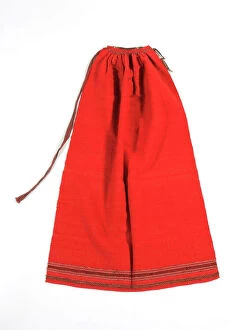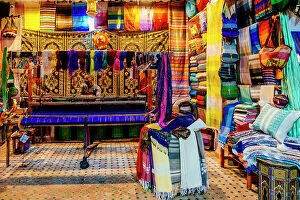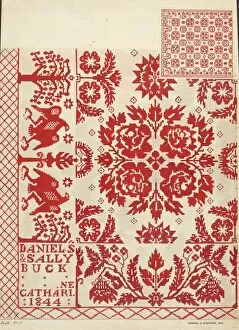Weft Collection
"Weft: A Journey Through Time and Borders" Step into the world of weft, a timeless art form that has traversed borders and centuries
All Professionally Made to Order for Quick Shipping
"Weft: A Journey Through Time and Borders" Step into the world of weft, a timeless art form that has traversed borders and centuries. From the intricate border designs of 15th-century Italy to the vibrant coverlets woven by Howard H. Sherman in the 1930s and 1940s, this captivating craft continues to captivate us with its beauty. In a small Italian village during the Renaissance, an unknown creator meticulously wove a stunning border on a coverlet. The delicate patterns tell tales of ancient traditions passed down through generations. Fast forward to the early 20th century when Howard H. Sherman took up his loom, creating masterpieces like no other. His handwoven coverlets from the mid-1930s showcase his exceptional skill and attention to detail. Each thread carefully chosen, each color harmoniously blended – these pieces are true works of art. Maud M Holme also left her mark on this rich tapestry of history with her handwoven table covers from around 1940. Her creations exude elegance and grace, adding warmth and charm to any setting they adorn. But it's not just in Europe where we find weavers at work. In Northern Ireland, amidst picturesque landscapes, skilled hands wind weft onto spinning wheels as part of their cottage industries. These artisans carry on age-old techniques that have been handed down for centuries. Through lithographs capturing scenes from life in Ireland, we catch glimpses into these cottage industries that sustain communities even today. The rhythmic motion of winding weft becomes a symbol of resilience and tradition against changing times. Fragments found in Italy dating back to different periods reveal how this craft evolved over time while retaining its essence – threads interlacing together to create something extraordinary. As you immerse yourself in these stories told through fabric, you can't help but appreciate the dedication and creativity poured into every piece by unknown creators and renowned weavers alike.



















